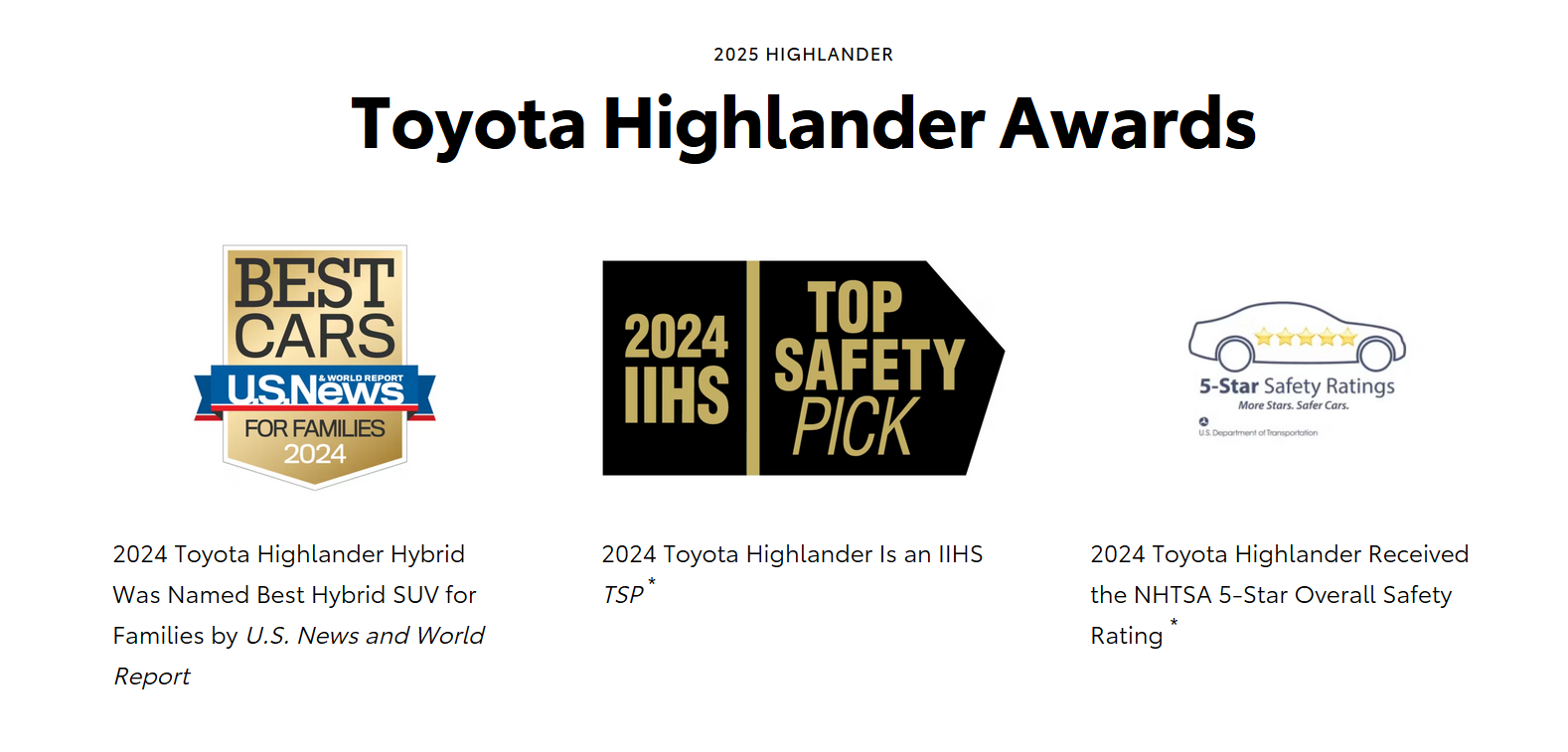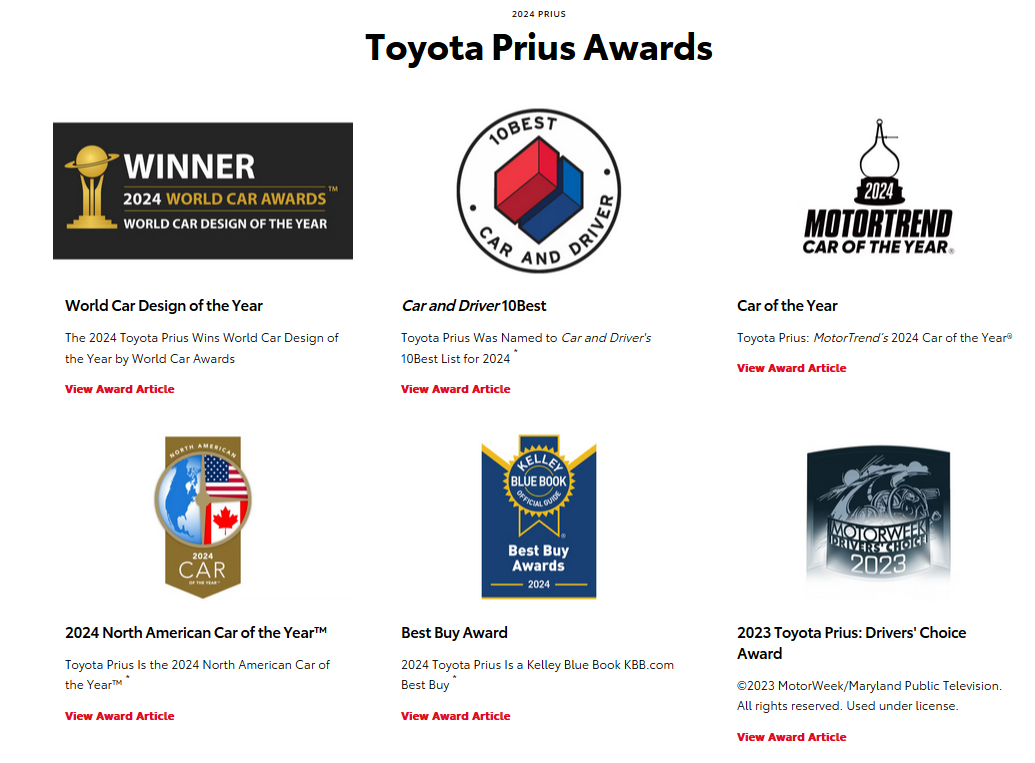Introduction
Brand and reputation are closely intertwined—damage to one affects the other. This makes it challenging for many businesses to strike a balance between the two. While brand and reputation may seem similar, it is vital to understand how distinct they are so you can devise a strategy that balances both.
Let's explore the role of brand and reputation in building a strong, reputable brand. We'll also discuss the different elements that influence each and how they impact one another. Finally, we'll examine examples of companies that have successfully balanced brand and reputation to drive success.
Defining brand
What is a brand?
A brand is the image or representation a company or an individual wants to convey to its audience.
This is shaped by visual elements like logos, typography, colors, and fonts, which evoke strong emotions and responses from people. Additionally, how you speak and engage with your audience plays a massive role in your corporate image, among other things.
Your branding and marketing strategies, the quality of your products and services, and your impact on your customers' lives shape your brand's ideal image. But, effectively embodying this desired image requires carefully considering and establishing the key elements of a brand.
Elements of a brand
A brand distills a business's essence into a unique identity that can connect to buyers' hearts. A strong brand humanizes a company, moving beyond a purely transactional relationship to foster lasting, meaningful connections with consumers.
In practice, this often means working alongside a brand strategy agency that can challenge assumptions and sharpen the strategic foundation before any visual elements take shape. So, how can you start building your brand? By establishing the brand elements enumerated below.
Visual identity
Your visual identity is how your brand looks and appears to your audience. These elements reflect your company's mission, vision, and goals in a way that your target audience finds relatable and interesting.
An effective visual identity is impactful, eye-catching, and memorable. This includes your fonts, logos, color palettes, and typography. Remember, people form an impression of your brand in just a few seconds, so make sure your visual identity is strong and remarkable.
Customer experience
Providing a positive customer experience is crucial for a company's success. And that has become more critical in today's digital age, where customers can easily share their views online. How you engage with your audience can make or break your brand.
To maintain a strong connection with customers and solidify your corporate reputation, invest in initiatives that foster engagement and build trust.
Brand values
Brand values refer to a set of beliefs your company stands for. In an era where people find deeper connections through shared values, you must proactively reinforce these through branding. Some examples of brand values include diversity, environmentalism, and equality. These values enrich your audience's social, emotional, and functional needs.
Brand story
A brand story has the power to convey what your company believes in and why it does what it does in an understandable and more relatable way. When the audience becomes a part of that story, they feel valued.
A brand story can differentiate you from the rest in a world with many similar brands. It's a great way to create memorable moments and foster your audience's more profound sense of belonging. Ultimately, an authentic brand story helps encourage customer trust and loyalty.
Brand personality
A brand that lacks personality may turn invisible in a crowded marketplace. It's like talking to a robot with no soul or understanding of complex feelings. This makes it harder to establish your brand and deliver positive experiences.
When defining your brand personality, keep your target audience in mind. Create a personality they can easily relate to, reflecting their values and aspirations. For example, Nike's brand personality is driven, focused, ambitious, and energetic. These traits have become efficient in reaching athletes and sports fans with the same characteristics worldwide.
It is important to note that shaping your corporate image is an internal and external effort. Your team, including your executives and the C-suites like the CEO, should embody your brand's values, personality, and identity.
Defining reputation
What is reputation?
Reputation is defined by how people perceive your brand based on past actions.
Suppose a bakery has always made delicious and healthy pastries and treats its workers fairly; people will positively perceive the business. To build trust and value for your brand in the market, you must strengthen your brand reputation.
Key factors influencing corporate reputation
Brand identity
A consistent brand identity that embodies the brand values helps establish consumer trust. When a brand identity is easily identifiable and makes a good impression, consumers are less likely to doubt their purchasing decision and try to recommend new products from your brand.
Customer experience
Customers who enjoy their experience with your brand are more likely to share it with friends and family through word-of-mouth and online reviews. They can become loyal patrons and be motivated to help your brand grow.
When building a positive corporate reputation, it is essential to provide great experiences consistently, have a strong crisis management system, and create opportunities for brand advocates.
Online and offline presence
It is not enough to be ubiquitous to remain in the minds of your customers. The locations you choose to establish your brand can either enhance or detract from your desired image.
Carefully selecting high-quality, relevant, and reputable platforms online and offline reflects your commitment to excellence. Maintaining an intentional presence across all touchpoints also assures your customers that you are with them, addressing their concerns at every step.
Crisis management
Crisis management refers to the strategy or steps your brand implements when faced with specific challenges that may risk your corporate reputation. Having this in place helps your employees prepare fool-proof solutions to avoid damage to your consumers, brand, and investors.
Key differences between brand and reputation
| Key Aspects | Brand | Reputation |
|---|---|---|
| Origin | Marketing and branding | Real-world experiences of customers with the brand |
| Formation | Intentional through strategic campaigns and branding elements | Organic response from customers |
| Management and Control | High | Limited |
| Metrics | Market share and brand loyalty | Public sentiment and trust |
Brand and reputation: what you say vs. what others say
Through strategic branding and marketing campaigns, a brand can curate the ideal image it wants to project. For instance, your choice of influencers, their lifestyle, and the values they stand for can elevate your brand if they align with your consumers.
Likewise, a vibrant, warm color palette can evoke youthful energy and a welcoming feeling. By carefully refining these touchpoints, you can cultivate a representation of your brand that attracts your ideal customers.
On the contrary, your brand's reputation results from how your audience reacts to everything your brand does. If your brand fails to deliver on its promises or acts in a way that contradicts its values and falls short of customer expectations, it can damage your audience's trust and loyalty.
Brand management vs. reputation management
Managing a brand requires consistency in all aspects, staying visible on relevant media, conveying the same brand message, driving the value proposition it offers, and being proactive. This includes setting clear brand goals, developing a comprehensive marketing strategy, and implementing consistent brand elements across all touch points.
Staying proactive in establishing a strong brand also means remaining agile and adaptable to market changes by measuring the effectiveness of each branding effort. Successful brand management requires a holistic approach.
Meanwhile, building a good reputation entails tracking the market's pulse by closely monitoring customer sentiment online and offline and addressing complaints in real time. This is where an effective crisis system embedded in your reputation management] becomes handy. It involves managing public relations crises, collaborating with the right influencers, and maintaining a strong social media presence to avoid potential risks.
When a brand successfully protects and grows its reputation, it secures the company's face and its customers, stakeholders, and brand equity in the long run.
Measuring brand and reputation
Tracking your success in managing your reputation and brand varies by method.
A brand's success can be measured through its market share or the total sales in the industry over a certain period. Other metrics include Net Promoter Score (NPS), Customer Retention Rate, Customer Lifetime Value, and brand engagement data on social media and other platforms.
The status of your brand reputation can be measured through Share of Voice, online reviews, in-store feedback, surveys, and sentiment analysis. Ultimately, it boils down to public sentiment, trust, and loyalty.
Examples of brands with strong reputation
There is no single playbook for creating a strong brand reputation. But one thing's for sure: Most reputable brands today focus on delivering high-quality customer experience, products, and services. They maintain consistent brand messaging and strive to adapt to changing market trends. Building a strong brand reputation is an endless process that requires commitment and a strategic and adaptable approach.
Toyota
Toyota is one of the world's most trusted automobile brands. With nearly a century of history, the company has built a strong reputation through innovation, quality, and effective crisis management.
This is especially true in the family car market, where Toyota is prized for its price-to-quality ratio and safety features. Over the years, Toyota models like the Highlander, Fortuner, Prius, and Camry have consistently earned top safety ratings. This reputation for reliability has made Toyota a favorite across multiple generations of drivers.

Toyota Highlander won awards for car design, safety, and performance. Image via Toyota

Toyota Prius won awards for car design, safety, and performance. Image via Toyota
Singapore airlines
If you want a high-quality travel experience when you fly, look no further than Singapore Airlines. After all, the airline has snagged first place as the World's Best Airline five times since its launch 23 years ago—a fantastic feat only a few enjoy.
So, what catapulted Singapore Airlines to success? It's providing top-notch service.

Singapore Airlines takes the lead in the 2023 Skytrax World Airline awards. Image via Instagram
Singapore Airlines understands how stressful flying can be, especially with families with children in tow. Therefore, the brand has made it a mission to provide personalized experiences through attentive customer support, child-friendly meals, high-quality entertainment options, and infant bassinets.
The airline is also known for providing state-of-the-art facilities and equipment so flights can be more enjoyable for passengers. Finally, Singapore Airlines takes comments and feedback seriously. By listening to their customers, the brand adapts quickly to their needs, ensuring quality service.
As Singapore's leading carrier, the pressure to maintain a good reputation is immense, as this will also reflect on the country. However, Singapore Airlines has measured up to this by remaining steadfast in implementing a holistic brand approach to ensure a stress-free and memorable experience from back to front. Just look at all the awards they’ve won over the years!
Rolex
Rolex is a global brand for quality, innovation, and success. It disrupted the market in its early days by creating features and designs ahead of time. For instance, Rolex introduced the first water-resistant and automatic watch with the launch of Oyster in the late 1920s. This pursuit of the next big thing helped Rolex strengthen its brand reputation.

Oyster, the first ever waterproof and automatic watch by Rolex
Rolex is also famous for its timeless design, with collectors often vying for older models as they can still undoubtedly compete with the newer designs. The brand has been consistent in its Oyster case, the Cyclops lens positioned at 3 o'clock on the watch face, and its iconic dial design.
Each Rolex also has the crown logo, an almost unanimous symbol associated with prestige. And, of course, who could forget Rolex's signature color palette of deep green and gold, seen in all its branding and marketing efforts?
The luxury brand has maintained exclusivity by releasing limited pieces that are hard to find. Some even wait for three years, depending on the model they want to purchase. This rarity feeds the eagerness to watch aficionados have them. The brand sponsors prestige, excellence, and achievement events, aligning with its brand values.
Balancing brand and reputation
Building a strong brand enables businesses to reap rewards, like attracting new customers, reaching global markets, and gaining a competitive edge. However, a single blunder can ruin it, like failing to deliver on promised products and services.
Businesses must invest time and resources in cultivating and protecting their reputations. By doing so, they can enjoy higher customer lifetime value, increased market share, and a stronger brand that can weather any crisis.
Mastering brand and reputation is key to staying relevant and driving growth. Fortunately, trusty brand design firms can help you achieve your goals.
Jan 15, 2025
